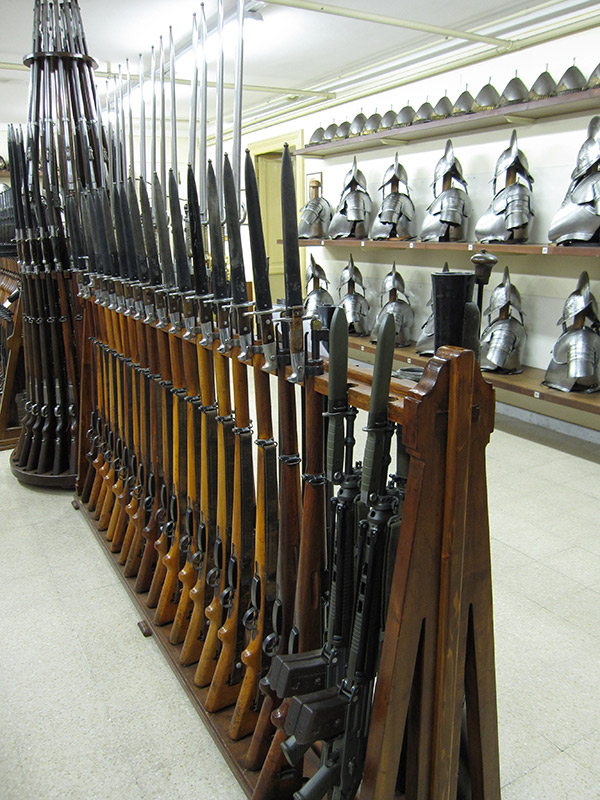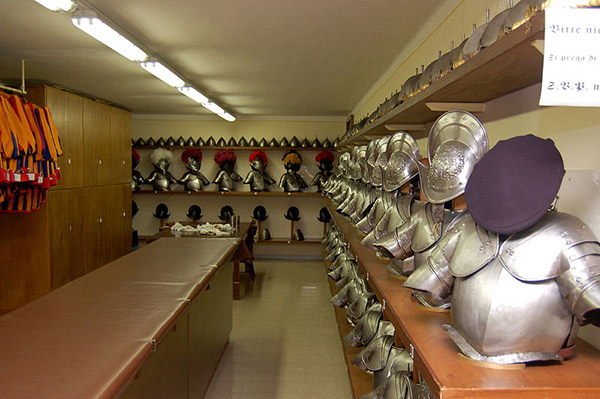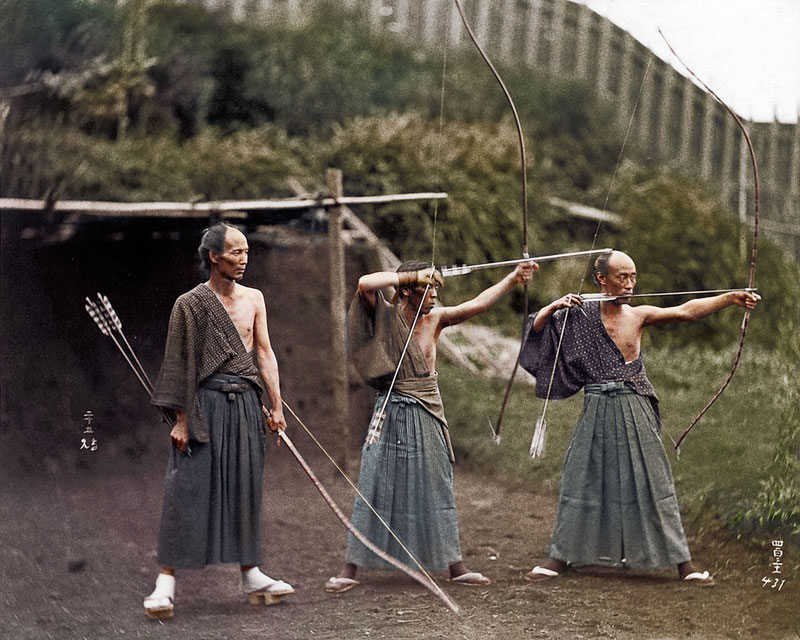In its zeal to preserve the power to spy on its citizens members of the United States government have begun pushing to prohibit civilians from using strong cryptography. While proponents of this prohibition try to scare you with words such as terrorists, drug cartels, and pedophiles let’s take a moment to remember the last time this war was waged:
Encryption is a method by which two parties can communicate securely. Although it has been used for centuries by the military and intelligence communities to send sensitive messages, the debate over the public’s right to use encryption began after the discovery of “public key cryptography” in 1976. In a seminal paper on the subject, two researchers named Whitfield Diffie and Martin Hellman demonstrated how ordinary individuals and businesses could securely communicate data over modern communications networks, challenging the government’s longstanding domestic monopoly on the use of electronic ciphers and its ability to prevent encryption from spreading around the world. By the late 1970s, individuals within the U.S. government were already discussing how to solve the “problem” of the growing individual and commercial use of strong encryption. War was coming.
The act that truly launched the Crypto Wars was the White House’s introduction of the “Clipper Chip” in 1993. The Clipper Chip was a state-of-the-art microchip developed by government engineers which could be inserted into consumer hardware telephones, providing the public with strong cryptographic tools without sacrificing the ability of law enforcement and intelligence agencies to access unencrypted versions of those communications. The technology relied on a system of “key escrow,” in which a copy of each chip’s unique encryption key would be stored by the government. Although White House officials mobilized both political and technical allies in support of the proposal, it faced immediate backlash from technical experts, privacy advocates, and industry leaders, who were concerned about the security and economic impact of the technology in addition to obvious civil liberties concerns. As the battle wore on throughout 1993 and into 1994, leaders from across the political spectrum joined the fray, supported by a broad coalition that opposed the Clipper Chip. When computer scientist Matt Blaze discovered a flaw in the system in May 1994, it proved to be the final death blow: the Clipper Chip was dead.
The battlefield today reflects the battlefield of Crypto War I. Members of the government are again arguing that all civilian cryptography should be weakened by mandating the use of key escrow that allows the government to gain access to any device at any time. As with the last war, where the government proposed Clipper Chip was proven to be completely insecure, this war must be looked at through the eye of government security practices or, more specifically, lack of security practices. It was only last week that we learned some of the government’s networks are not secure, which lead to the leaking of every federal employee’s personal information. How long do you think it would take before a hack of a government network lead to the leaking of every escrow key? I’d imagine it would take less than a week. After that happened every device would be rendered entirely insecure by anybody who downloaded the leaked escrow keys.
What everybody should take away from this is that the government is willing to put each and every one of us at risk just so it can maintain the power to spy on use with impunity. But its failure to win Crypto War I proved that the world wouldn’t come to an end if the government couldn’t spy on us with impunity. Since Crypto War I the power of law enforcement agents to acquire evidence of wrongdoing (according to the state) didn’t suddenly stop, terrorist attacks didn’t suddenly become a nightly occurrence, and children being abducted by pedophiles didn’t suddenly become a fact of everyday life.
Crypto War II is likely inevitable but it can be won just as the last one was. The first step to victory is not allowing yourself to be suckered by government lies.



